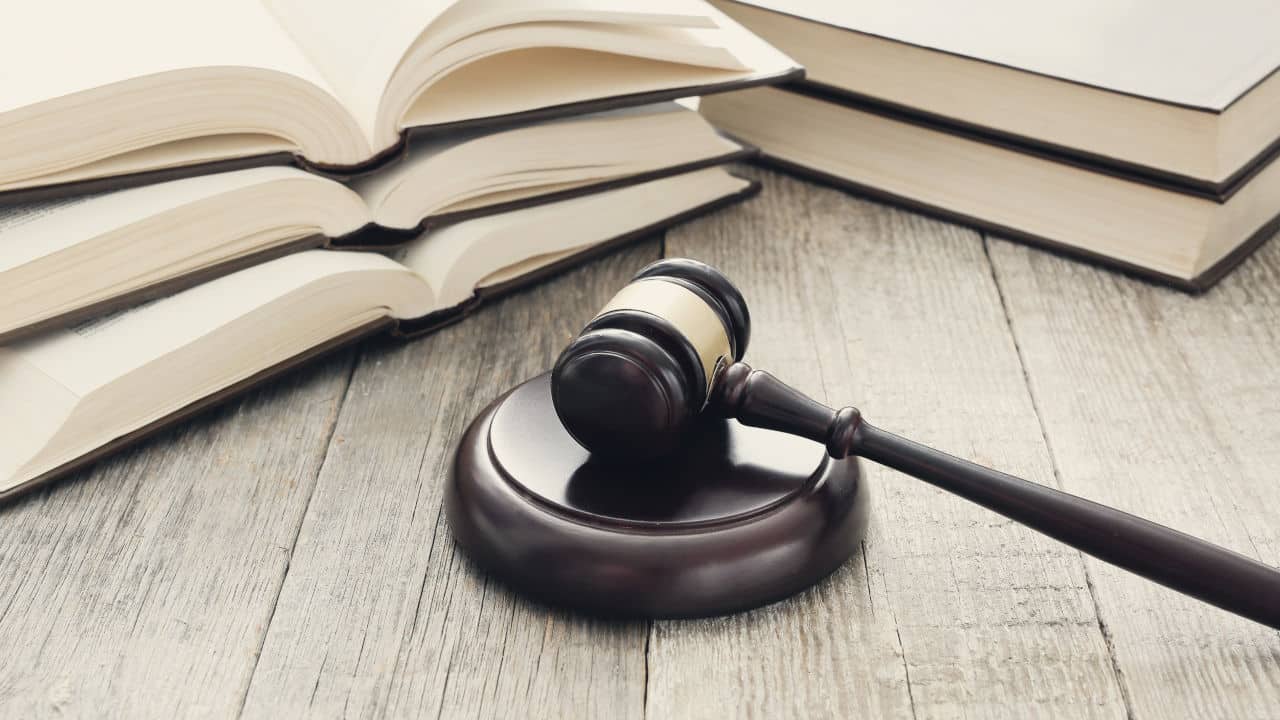Demonstrative evidence is a type of proof that supports a witness’ testimony or actual evidence uncovered at the crime scene.
This kind of visual evidence lends weight and significance to the facts being discussed and is admissible in court. They provide evidence to prove or disprove essential aspects of a criminal case.
Accordingly, there are various types of demonstrative evidence. They come in a wide variety, each of which is significant and distinctive. All forms of demonstrative evidence have a purpose, whether physical or digital.
A legal animation is a necessary form of demonstrative evidence that covers the functions of a wide range of demonstrative evidence.
Forms Of Demonstrative Evidence
There are various types of demonstrative evidence, and the complexity of each case usually decides their use.
Examples of demonstrative evidence are photos, x-rays, videotapes, movies, sound recordings, text messages, diagrams, maps, drawings, graphs, simulations, and models.
Another very essential and unique type of demonstrative evidence is legal animation. What is legal animation?
Legal animation is a valuable tool for conveying technical and vital information within and outside the courtroom. It serves as a visual aid to make an expert or witness’ account of a procedure or occurrence more understandable.
It is a powerful weapon in the courtroom that, when wielded right, can result in a positive result. The use is essential because it clarifies complex concepts, restores the accuracy of facts, and helps the jury properly understand the intricacies of the case.

Are Legal Animations Legally Admissible in US Courtrooms?
Just like every demonstrative evidence, legal animation can be legally admissible as long as specific rules are adhered to.
In the celebrated case of Pierce v. State, the court held that a legal animation tendered by an expert was legally admissible since it corresponded with the laid down rules associated with computer-generated animations.
This very principle was established in the landmark case of People v. Duenas.
Basically, the legal animation must be a fair and accurate depiction of the facts of the case. This means the content of the animation must not distort facts or throw shades at the already established truth of the matter.
In addition to this requirement, it must be relevant to the case.
According to Rule 401 of the Federal Rules of Evidence, evidence is relevant if it tends to make a fact more or less probable than it would be without the evidence. It is also relevant if the fact is of consequence in determining the action.
Therefore, if the legal animation is seen as a relevant substance of proof to the case, it would be excluded from the list of trial exhibits.
In addition, Rule 403 provides that the court may exclude relevant evidence if its probative value is substantially outweighed by a danger of one or more of the following: unfair prejudice, confusing the issues, misleading the jury, undue delay, wasting time, or needlessly presenting cumulative evidence.
If the legal animation is presented in court by an expert witness, the demonstrative evidence must be helpful to the case, and the witness must be a qualified expert.
In most cases, experts use scientific rules to create a legal animation. The general rule is that scientific methods must be generally recognized and reasonably relied upon by experts in that subject matter.
This principle was further established in the case of Daubert v Merrell Dow Pharmaceuticals, Inc.
In addition, some procedural rules will also determine if a legal animation will be admissible in court. They are as follows:
- Share the legal animation with the opposing attorney as early
- Allow the expert to the plaintiff examine the animation
- Allow eyewitnesses to corroborate the content of the animation if any
- Share it with the opposing counsel
- Put it on the exhibit list early
When Is Legal Animation As Demonstrative Evidence Needed?
Demonstrative exhibits can be effective techniques of persuasion in situations where reaching a verdict can be pretty challenging. Most times, these cases involve complex facts and difficult concepts.
An example is a case involving patents. In a case like this, legal animation can be very effective in moving the case forward and improving the clarity of the court.
Additionally, legal animation is very effective in cases involving motion, time, velocity, and other scientific interactions. That is why legal animation is helpful in cases involving cars, construction, product liability, and even boat incidents.
When talking about legal animation, medical cases cannot be left out. Legal animation can help to give a medical case some much-needed clarity, especially when a medical procedure seems unclear, when there’s been negligence, or if the cause and extent of an injury seem like a mystery.
It would help if you had the most outstanding staff on your side in circumstances like these. At Fox-AE, we use a variety of sources of evidence to piece together the information for legal animation.
We put our creativity together with scientific rules to create evidence that will improve clarity and assist attorneys in winning their cases.
Our staff has collaborated on various trials across all practice areas while working with the top attorneys in the country.
Fox-AE gives the finest legal animation in collaboration with experts versed in the legal and scientific fields.






